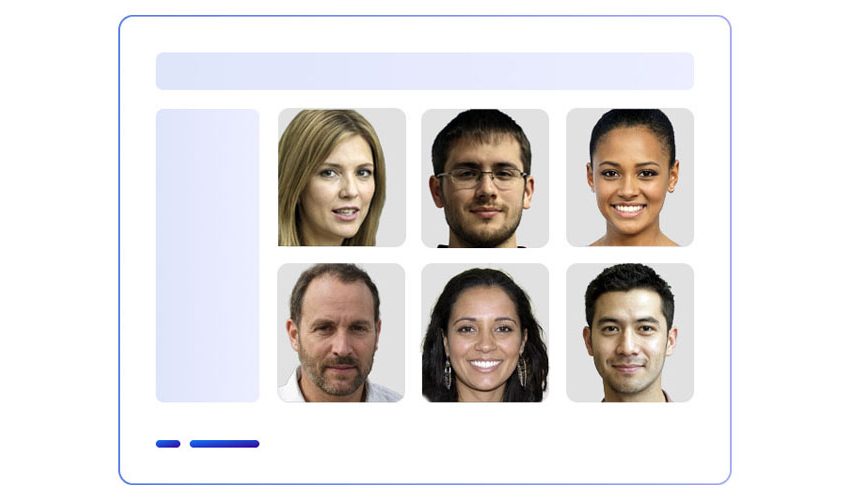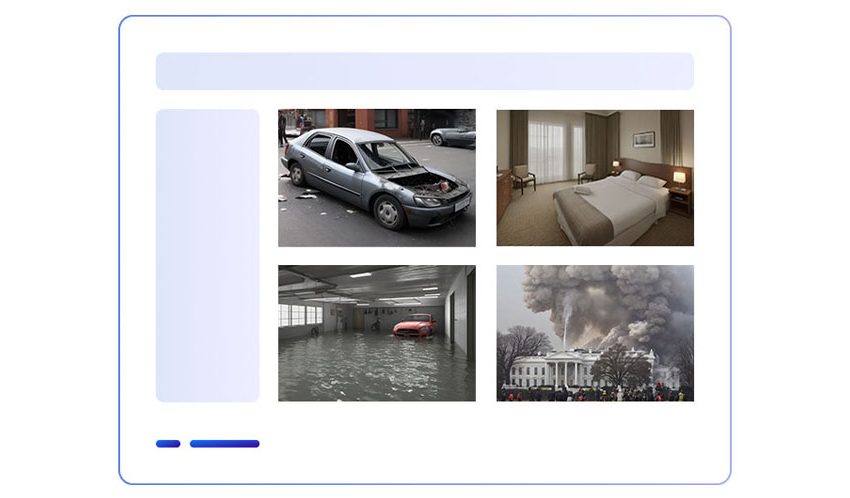Deepfake Detection
Transform your approach to digital security with our state-of-the-art deepfake detection solution. Our proprietary API is expertly crafted to identify even the most advanced AI-based media manipulations and synthesis techniques. From detecting fake human faces in social media profiles to uncovering realistic face swaps in videos, our technology ensures a higher level of safety and authenticity for your image and video files. Trust our solution to provide unparalleled accuracyin an era where digital deception is on the rise
What can we detect?
GAN Faces
Stay ahead in the battle against digital fraud with our cutting-edge technology designed to combat synthetic identities. These false personas, often created using GANs (Generative Adversarial Networks), present a sophisticated challenge in today's digital landscape. Our solution is tailored to identify and neutralize these artificially generated images, safeguarding your systems against the complexities of modern identity fraud. Embrace our technology to ensure the authenticity and security of your digital interactions
AI-Generated Images
Discover unmatched protection with Sensity, your premier defense against AI-generated imagery. With a remarkable accuracy rate of 98.8%, our solution is at the forefront of identifying AI-altered visuals. Rely on Sensity for unmatched accuracy, offering you the assurance and dependability necessary in a time when digital authenticity is constantly challenged. Elevate your security standards with Sensity, where precision in detecting AI manipulations is not just a feature, it's a guarantee
Face Swap
Protect your digital domain with our advanced solution, designed to counteract the rising threat of deepfakes. These sophisticated forgeries are increasingly used in real-time by fraudsters, not only to impersonate celebrities for fraudulent schemes on social platforms but also to bypass stringent ID verification processes. Our technology offers a robust defense, ensuring the integrity of digital interactions and safeguarding against these deceptive tactics. Stay one step ahead of fraudsters and ensure a secure, trustworthy online experience with our cutting-edge deepfake detection tools
AI Generated Voices
Step into the future with our advanced technology, crafted to meet the emerging challenge of AI-generated voices that closely mimic real human speech. Our innovative solutions offer a crucial barrier of protection and validation, preserving the genuineness of voice interactions in a time when digital impersonation is becoming more intricate. Embrace our technology, engineered to discern between AI-produced and authentic human voices, thereby protecting your communications. With our tools, you can maintain confidence and integrity in the digital world

Synthetic identities, often manifested as images, are predominantly created using Generative Adversarial Networks (GANs). These GAN-generated identities are frequently employed as fake personas or bot accounts on social media and dating platforms. Sensity's detection systems are meticulously trained on a vast dataset of millions of GAN-generated images. This training encompasses a wide range of image conditions, including various levels of compression, cropping, and the application of photo filters. The detection algorithms are specifically fine-tuned to identify unique artifacts and high-frequency signals that are characteristic of AI-generated images, signals which are typically absent in natural photographs. This specialized training enables Sensity's detectors to efficiently distinguish between AI-generated and authentic images.






